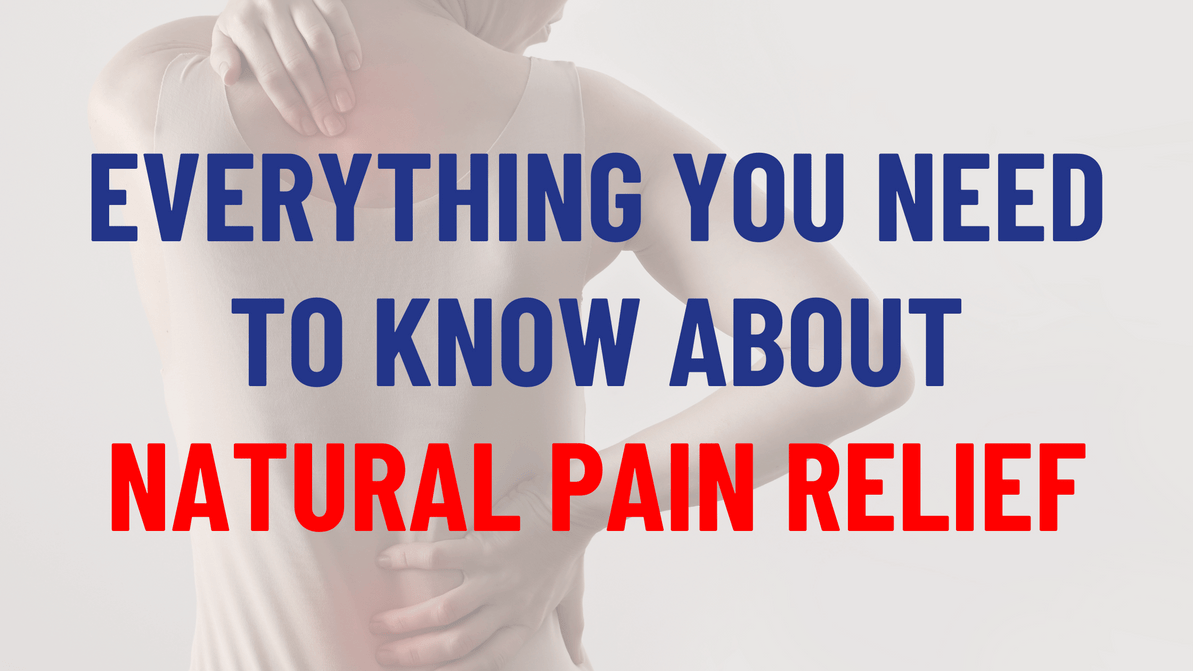Everything You Need to Know About Natural Pain Relief
There’s no shortage of options for pain management. And most medications work well. Sadly, they also have side effects. The more you use them, the worse those side effects can get. Plus, sometimes, you just want something to calm your pain without taking pill after pill.
Natural pain relief options are abundant. When used correctly, they have little to no side effects and can be just as effective as conventional medicine. Here’s everything you need to know about them.
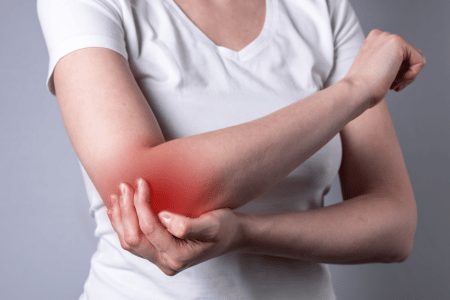
Understanding pain
Not all pain is the same. Understanding its root cause and its type is crucial if you want to treat it effectively.
- Acute pain is sudden, severe, and typically the result of an injury or surgery. In most cases, it resolves as soon as the injury heals.
- Chronic pain lasts for a long time, sometimes months or even years. There may be periods of remission, but the pain is often a constant in someone’s life. It is usually associated with various medical conditions, including but not limited to inflammation and nerve damage. Acute pain can become chronic when the initial injury doesn’t heal properly.
- Neuropathic pain, also called nerve pain, comes from a malfunctioning of the nervous system or nerve damage. Neuropathic pain can be acute or chronic, but the sensations it causes—burning, tingling, or shooting pain—differentiate it from injuries or inflammation pain.
Understanding the type of pain you have is critical in finding a remedy. Something that works for acute pain after a fracture might not affect nerve pain. Similarly, chronic pain remedies might not be the best for acute pain.

Herbal pain remedies
Herbal pain remedies can help both acute and chronic pain and, sometimes, may relieve neuropathic pain. Nature has no shortage of options. Here are some of the most common ones you’ll find.
Boswellia (frankincense)
Many know it as an essential oil, but Boswellia is a common Ayurvedic remedy you can also find as a tincture, supplement, or topical treatment.
A 2020 study showed it can help with pain caused by osteoarthritis. It’s also great to use if you struggle with general inflammation and even colitis.
As a word of caution, Boswellia can interact with antiplatelet and anticoagulant medicine. Topical applications are safer, though an allergic reaction is possible.
Arnica
A known anti-inflammatory herb, arnica is a common ingredient in ointments to help with pain caused by sprains, fractures, other bruises, and even arthritis.
Refrain from applying it to open injuries, though, as it can cause irritation.
Turmeric
Fancy a bit of curry? Turmeric is one of the key ingredients in the famous Indian recipe, but its properties go far beyond that.
Turmeric contains curcumin, which is a known antioxidant and anti-inflammatory. It can help with pain caused by osteoarthritis and other forms of inflammation, but it may also aid in easing indigestion.
Side effects are rare but may include diarrhea, skin rash, nausea, or headaches.
Things to consider when using herbal pain remedies
There are various ways to use them, depending on the type of pain you’re experiencing. If you want some local relief, you can choose creams or gels. You can also use essential oils and make your ointment at home. Sometimes, using herbs internally, through teas or supplements, can also help.
Be mindful that, though side effects are rare, herbs can cause allergic reactions. When taken as tea or supplements, they may also interact with medication, so talk to a doctor if you have any doubts.

Alternative therapies
Natural pain relief options don’t stop at herbs. There are several alternative therapies you can try depending on the cause and type of pain you’re experiencing.
Acupuncture
A traditional Chinese medicine remedy, acupuncture works with tiny needles inserted into specific points in the body. It boosts serotonin and balances the body’s natural energy flow. This leads to decreased pain and inflammation and can give you a general “feel good” feeling. It’s great for acute, chronic, and even nerve pain.
Sadly, acupuncture can cause allergic reactions and other injuries, such as increased bleeding, infections, and loss of consciousness. Make sure to work with someone well-versed in traditional Chinese medicine to minimize risks. And if you’re pregnant, are on blood thinners, or have a peacemaker, you’ll need to talk to your doctor before trying acupuncture.
Acupressure
This practice is similar to acupuncture, but you apply pressure instead of inserting needles into various points on the body.
You can use fingers, hands, or special tools such as acupressure mats. It can help promote muscle relaxation, which can help relieve pain and tension.
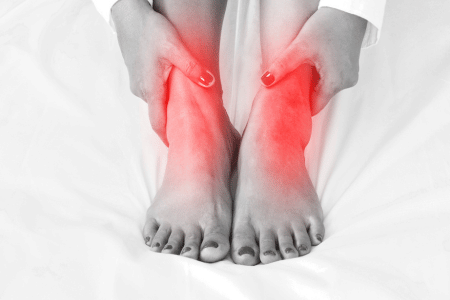
Massage
A massage is probably the simplest and most accessible form of alternative therapy. If pain is due to muscle tension, you can go for a simple relaxation massage or even a deep tissue one.
Other options can help with specific issues, such as recovering from an injury, regaining mobility, and more. When done correctly, a massage has no side effects, but choose a specialist who understands your type of pain or injury to avoid making things worse.
Physical therapy
Physical therapy involves exercises, stretches, and other therapeutic techniques aimed at various ailments. While there are plenty of online videos, your best bet is to work with a professional first to make sure you understand the correct alignment and posture during exercises.
Physical therapy can help you recover from an injury or help with chronic or nerve pain, especially when that pain is due to poor posture or overuse.
Chiropractic care
If you’re struggling with headaches, back pain, and other issues that may be related to the spine, chiropractic care may be for you. Your chiropractor will manipulate your musculoskeletal system and spine to help improve your posture and correct misalignments.

Lifestyle changes for pain management
Beyond herbs and therapies, your lifestyle also plays a key role in pain management. What do diet, exercise, and sleep have to do with pain? A lot. Diet, for instance, can increase or decrease inflammation.
Foods that increase inflammation (and potentially also your pain) include fast food, red and processed meat, fried food, and foods high in added sugar. Do your best to limit these if you want to decrease inflammation. What to eat instead?
- Foods high in omega-3
- Leafy greens
- Nuts and seeds
- Berries
Also, watch your vitamin D and magnesium levels, as they can help fight pain, while deficiencies can increase it.
Probiotics can also help decrease inflammation and pain, whether through foods or supplements.
Don’t forget about exercise, though. It’s great for chronic pain, can help reduce stress and inflammation, and increases joint and muscle mobility. Prioritize gentle to moderate exercises, such as yoga, pilates, or brisk walks.
Forget cliche slogans like “no pain, no gain,” and only do exercises you feel comfortable with, especially when you’re already experiencing pain. As always, check with a doctor or physical therapist when in doubt.
If you’re struggling with an injury or nerve pain, you may want to take a step back from working out until the doctor allows you to resume working out.
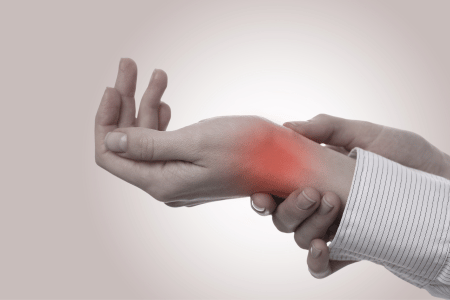
Navigating natural pain relief options
If you’re trying to use less conventional medicine for pain management, plenty of options are available. How do you choose the ones for you?
The best option would be to work with someone specializing in alternative medicine. They can guide you in selecting the best supplements and therapies for you.
You can also consider the cause of your pain first. If a physical injury or misalignment is the root cause, things like physical therapy, chiropractic care, or even massage and acupuncture can help. For localized pain reduction, you can also choose a cream, gel, or essential oil for topical application.
Changing your lifestyle to help reduce inflammation and support your joints and muscles will be helpful regardless of why you’re experiencing pain.
You can also combine several remedies. For instance, a cream with herbal ingredients can be a great addition to your physical therapy regime. Be sure to check for potential interactions, though. If in doubt, ask your therapist or doctor before combining too many herbs and therapies.

The bottom line
Pain management is a complex equation with many variables and potential solutions. From herbal remedies to alternative therapies like acupuncture or physical therapy, there’s something for everyone.
We can’t help with physical therapy or massages. But we can support you if you’re looking for a multivitamin or more specific things, like vitamin D, calcium, magnesium, or omega-3. Don’t forget that natural pain relief is often about patience and taking small steps to increase your well-being.
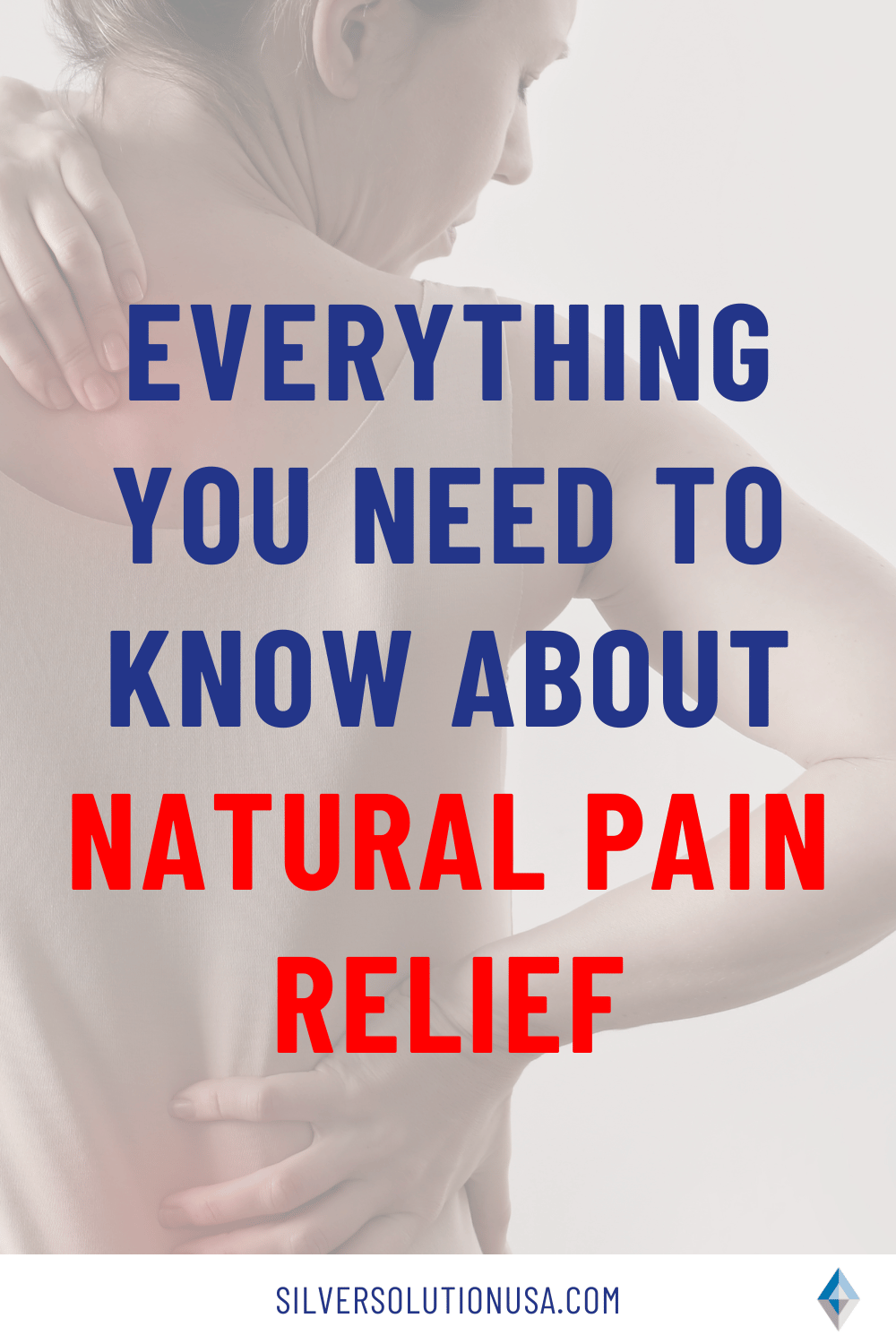
Health/Medical Disclaimer
This blog post does not provide health or medical advice. This blog post is for informational and educational purposes only and is not a substitute for professional health or medical advice. Before taking any actions based upon such information, we encourage you to consult with the appropriate medical and healthcare professionals. We do not provide any kind of health or medical advice. The use or reliance of any information contained on this blog is solely at your own risk.
Sources
https://www.ncbi.nlm.nih.gov/pmc/articles/PMC7368679/
https://pubmed.ncbi.nlm.nih.gov/31255636/
https://pubmed.ncbi.nlm.nih.gov/30335320/
https://pubmed.ncbi.nlm.nih.gov/32749874/
Recent Posts
-
Are sunscreen ingredients harmful?
Sunny days can bring a lot of fun. Going out for a swim, spending time in nature, or relaxing on the …18th Mar 2024 -
The Veggie Debate: Does Cooking Vegetables Destroy Nutrients and the Best Ways to Cook Them
Vegetables are one of the healthiest foods you can choose. Some people downright hate them, while so …4th Mar 2024 -
Best Foods for COVID Recovery and Prevention
A few years ago, a new virus took the world by surprise. COVID-19 may look like the flu on the surfa …19th Feb 2024

